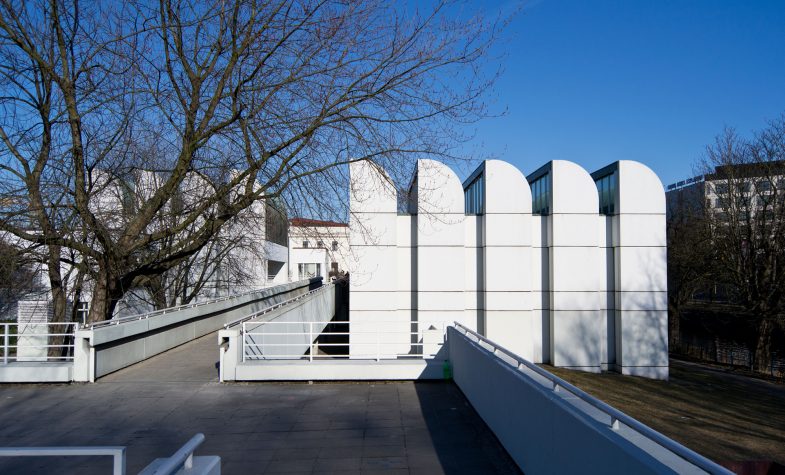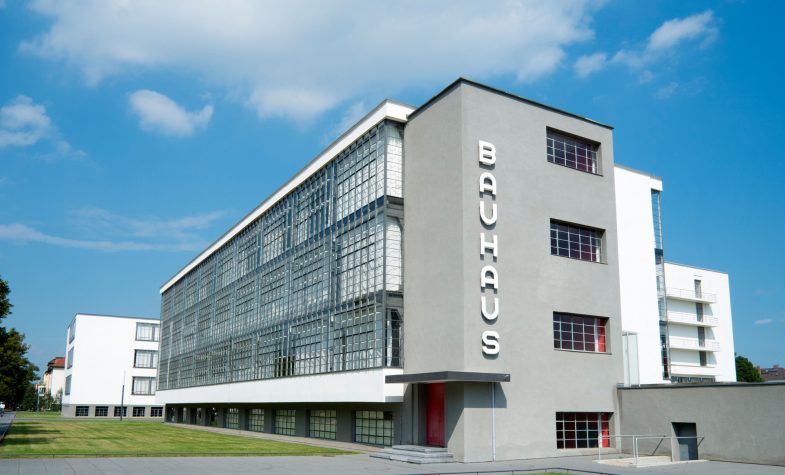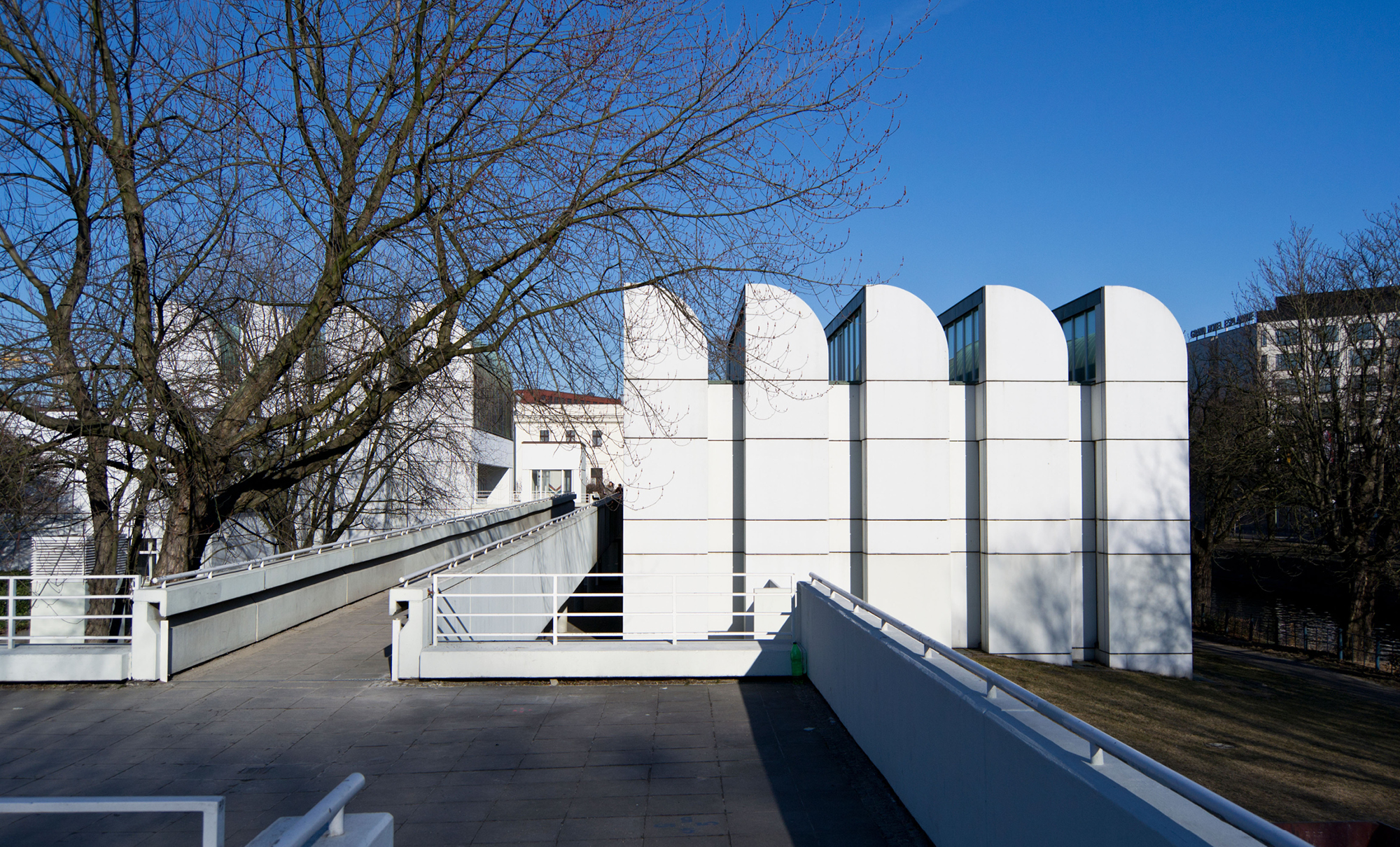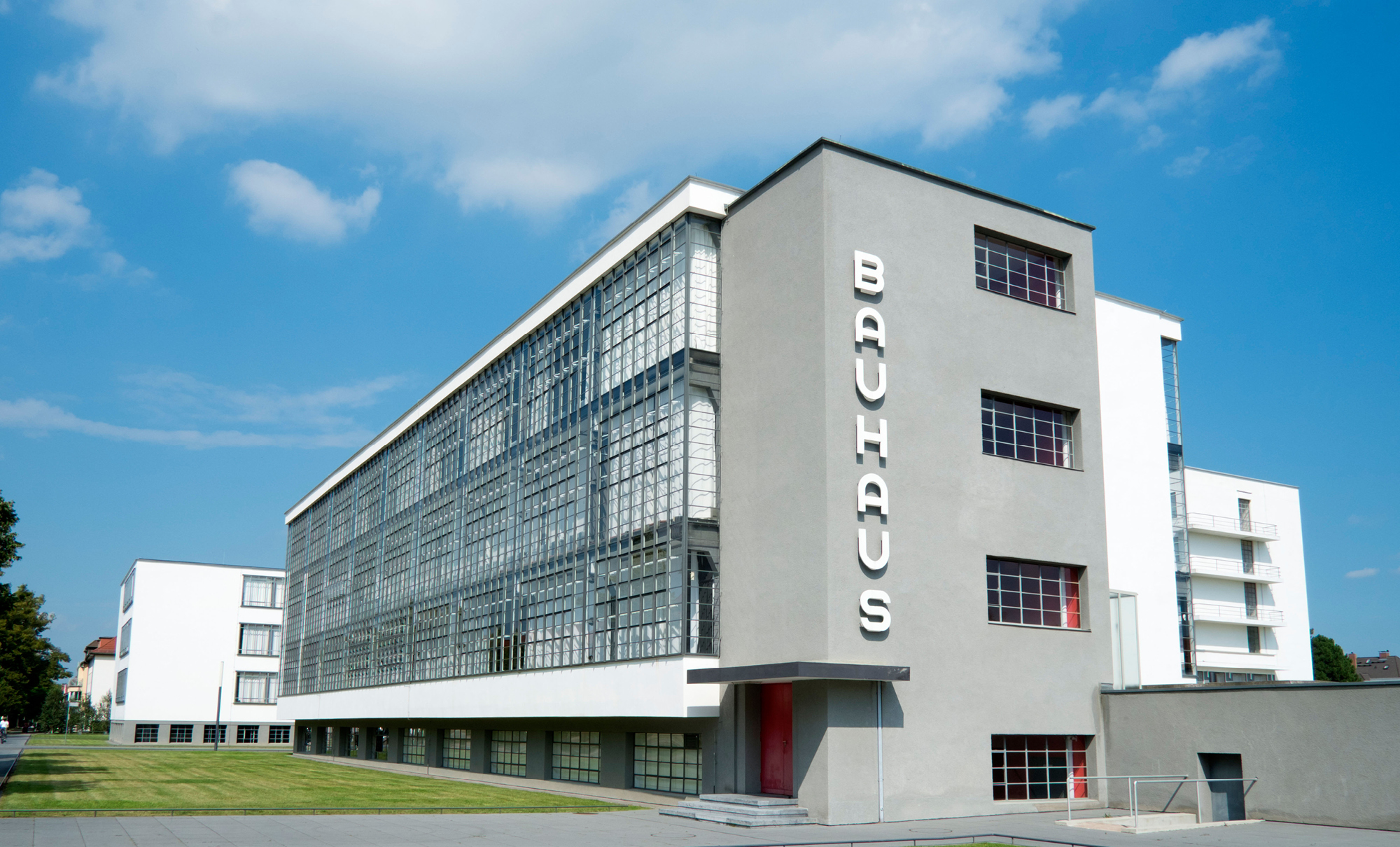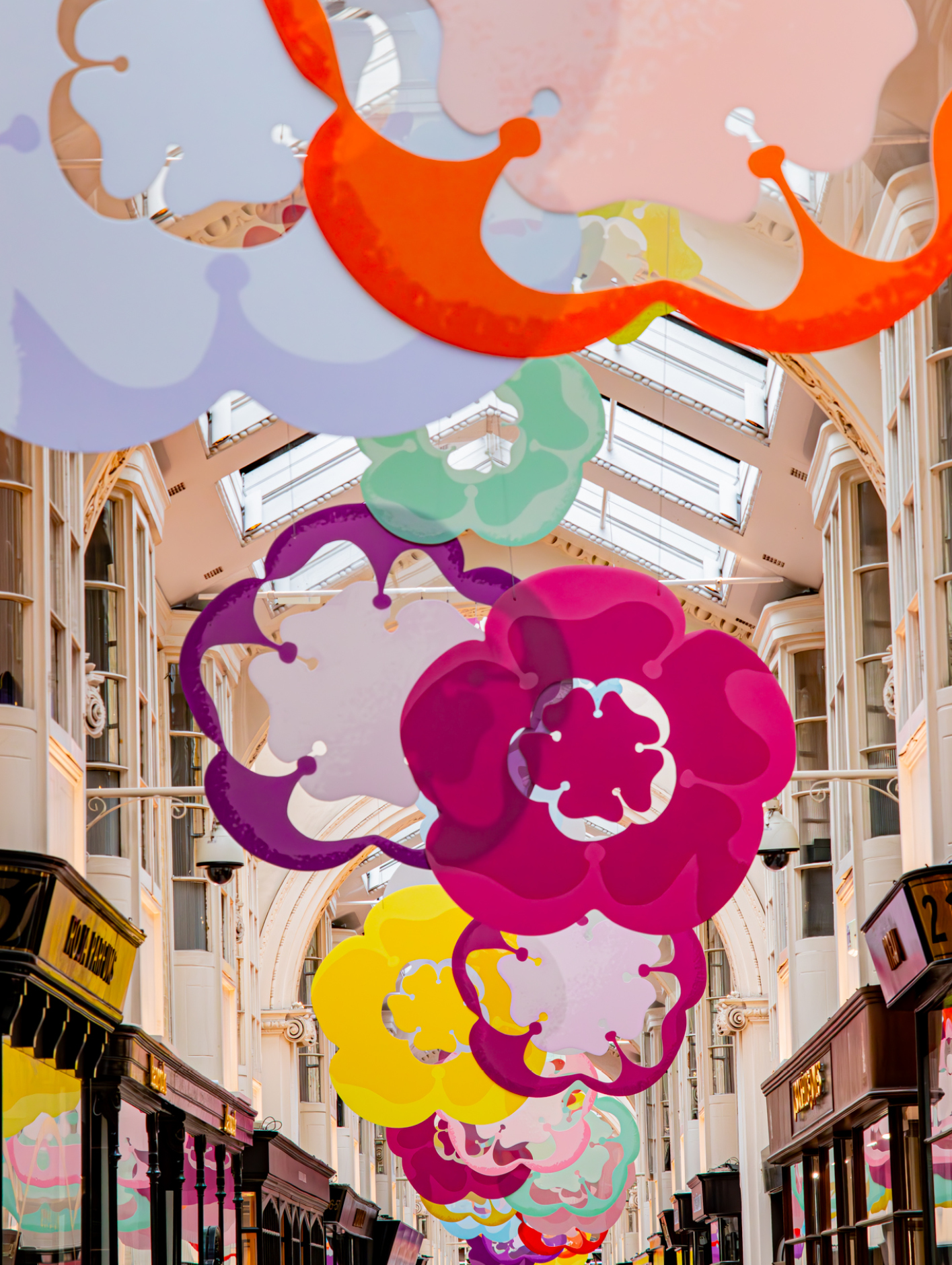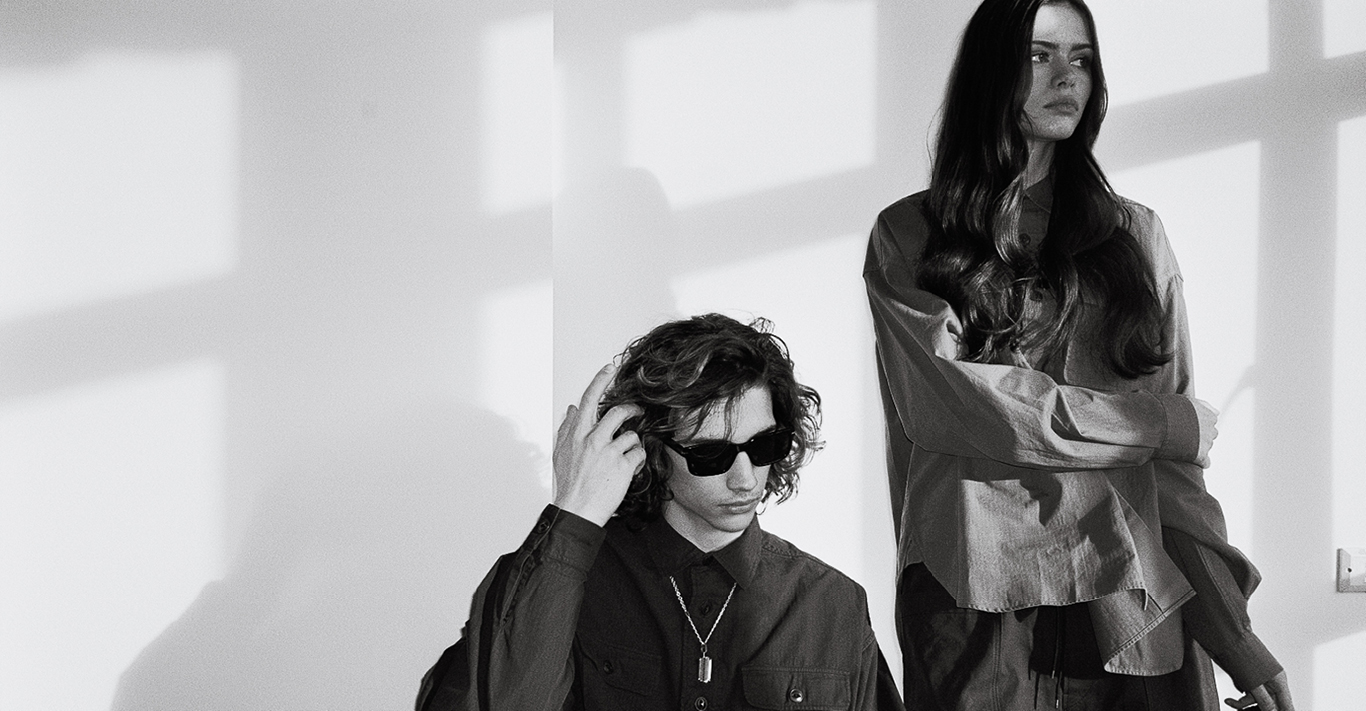WORDS
Anna Gritsch
This year marks 100 years since the birth of the Bauhaus movement, and to celebrate this pioneering movement there are various events taking place globally. From the mobile exhibition bus – resembling the Bauhaus school building – touring four European cities to showcase its legacy, to a new documentary focusing on Bauhaus educator László Moholy-Nagy’s influence on America, it’s clear the impact of the movement is still felt the world over. Not least in London, where the Victoria & Albert Museum is hosting a comprehensive weekend course on the art school and the Borough of Culture 2019, Walthamstow, is running a series of events highlighting textile designer William Morris’s influence on Bauhaus.
Founded by Walter Gropius, the first Bauhaus school was built in 1919 as architects and designers searched for new ways to rebuild German cities in the aftermath of the First World War. With its unique approach of merging architecture, art and design, the movement quickly gained traction by applying mass production principles to residential projects in a way that had previously only been seen in commercial property. Under pressure from the Nazis, the school closed in 1933 but – with a raft of influential thinkers such as Paul Klee, Josef Albers and Marcel Breuer making up the teaching staff – its unique manifesto made waves in the industry.
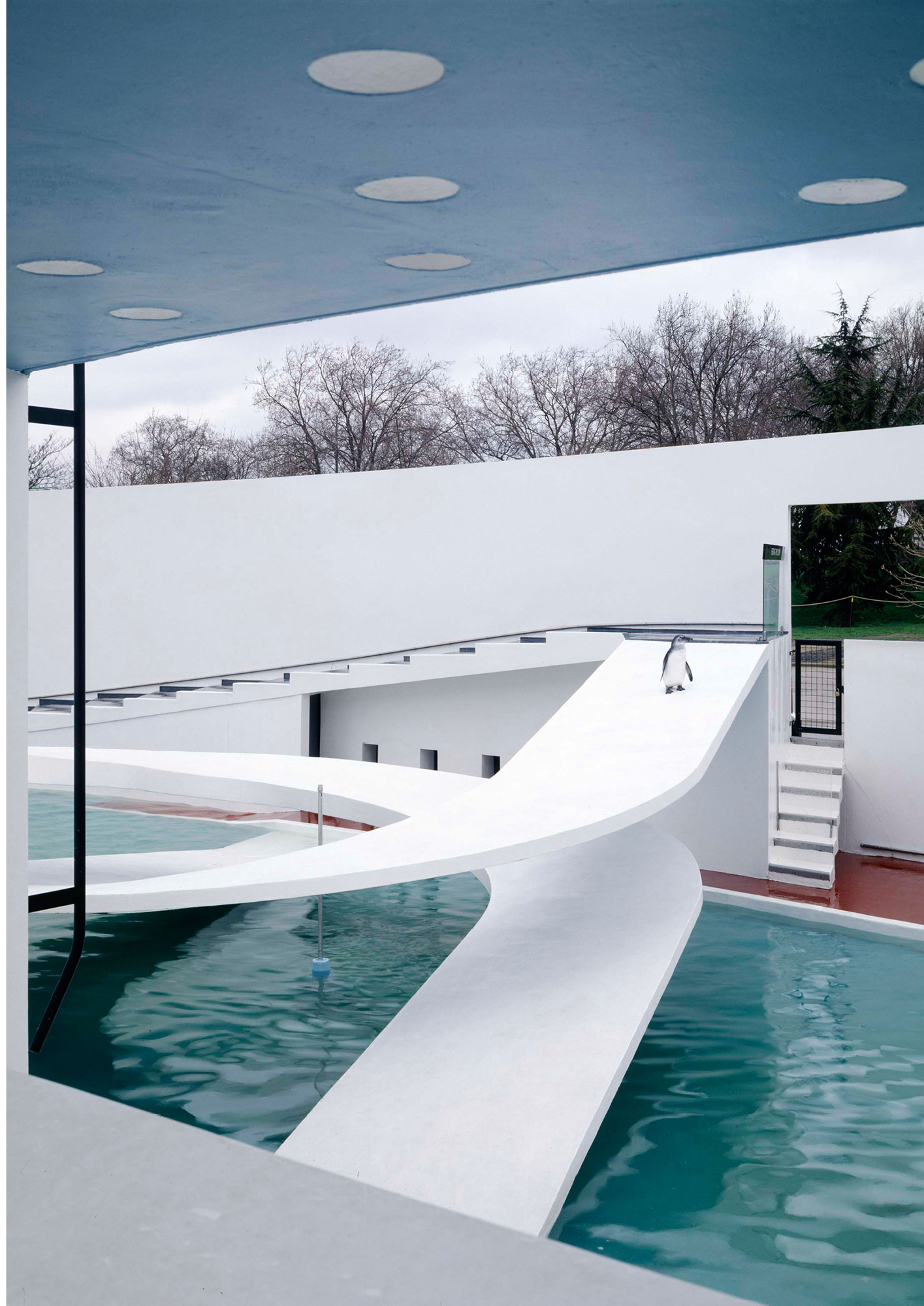
When the Nazi party gained power in Germany, these diverse artists emigrated to countries around the world, and brought their way of thinking to cities such as Tel Aviv, Brno, Chicago and London. Gropius and his wife arrived in London in 1934 and when Marcel Breuer joined the following year, a Bauhaus community was born in the Lawn Road Flats, better known as the Isokon Building, in Hampstead. The Isokon Building is the first block ever to be built solely with reinforced concrete, and the Grade-I listed building is considered to be a pioneer of modernist living in the UK, particularly in its concept of cohabitation, with importance given to collaboration and communal spaces rather than individual living.
Although the movement did not quite take over London, many notable projects influenced by the movement can be seen across the capital, from the Barbican and Tecton’s Highpoint I and Highpoint II buildings in Highgate to the playful London Zoo penguin pool and Erno Goldfinger’s modernist buildings in Hampstead and Essex. Here’s to another 100 years.
V&A Bauhaus Course, from £380, 16 January-27 March, www.vam.ac.uk; Walthamstow’s Bauhaus Centenary, June-December, wfculture19.co.uk/bauhaus


